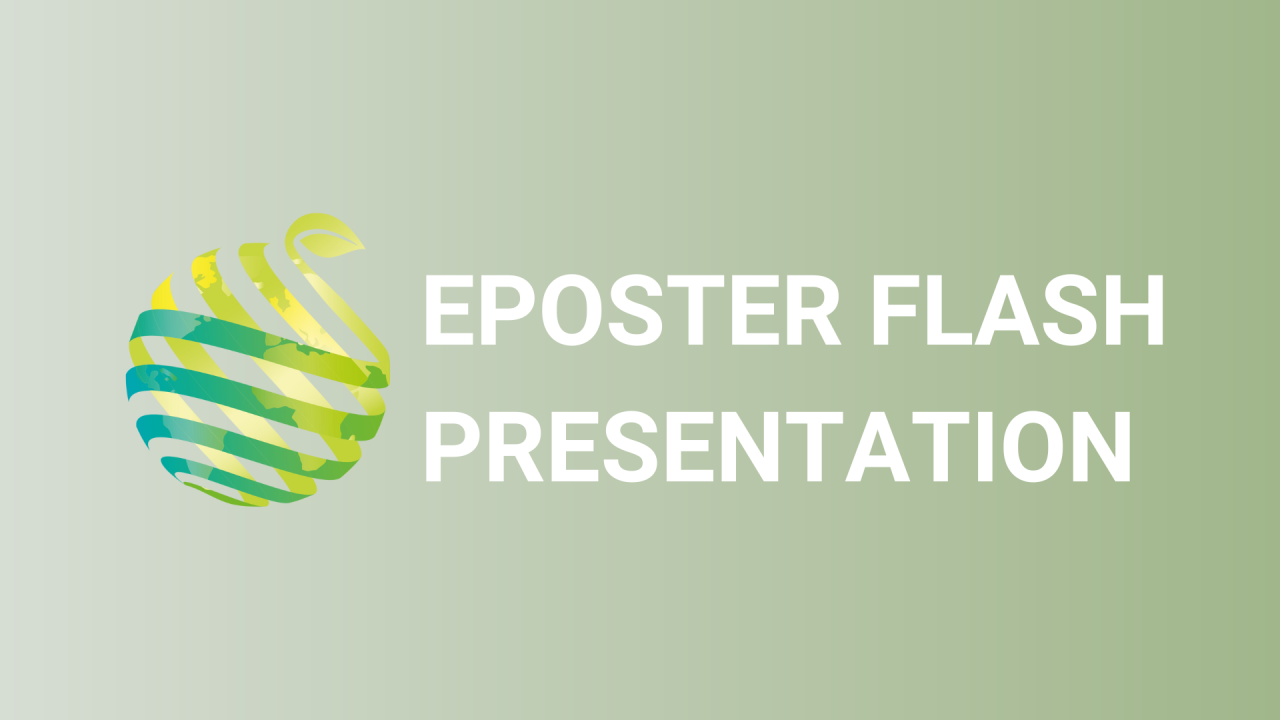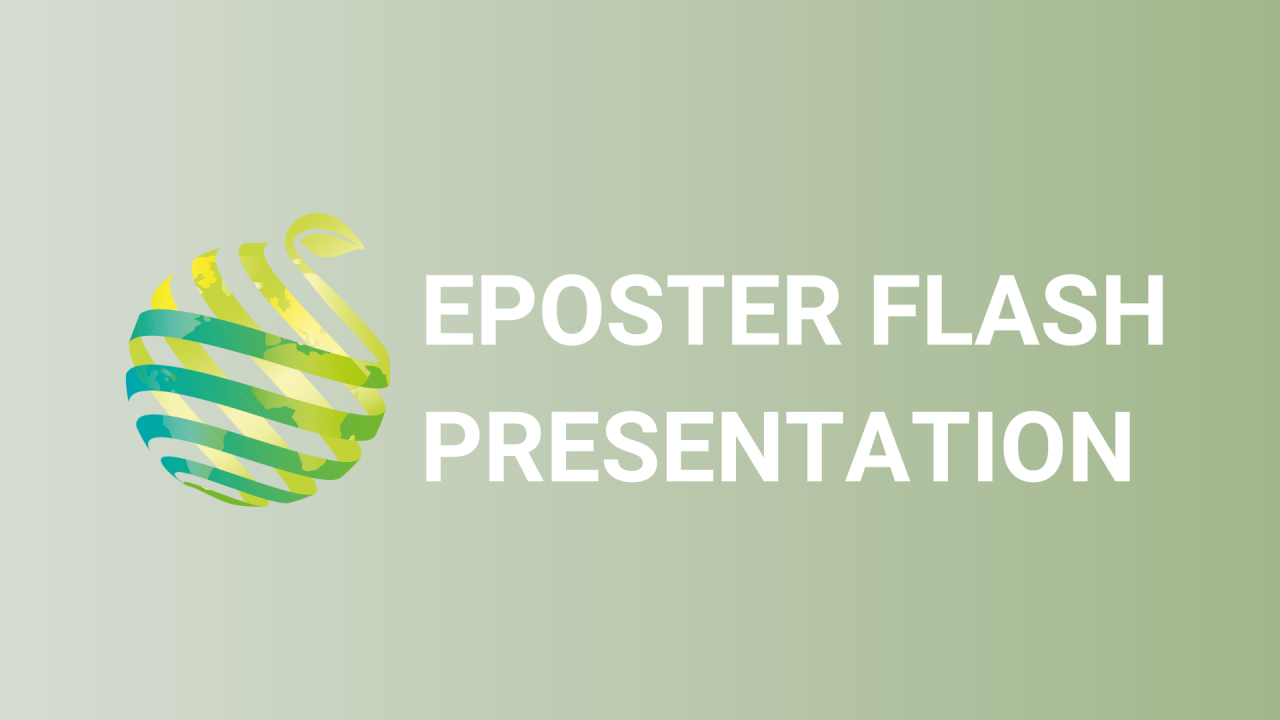

S16 - Session P2 - Ecophysiological responses of cupuassu tree ecotypes (Theobroma grandiflorum) in an agroforestry system designed with rubber trees in the Colombian Amazon
Information
Authors: Jaime Barrera *, Armando Sterling, Luz Marina Melgarejo, Maria S Hernandez, Diego Caicedo
Cupuassu [ Theobroma grandiflorum (Willd. ex Spreng.) K. Schum] is a promising Amazonian fruit tree for use in sustainable agroforestry enrichment alternative models for the Colombian Amazon. The purpose of this study was to assess the diurnal and seasonal eco-physiological behavior of two distinctive ecotypes (i.e. Eco11 and Eco4) and a control ecotype (EcoCaq) on rubber plantations (clone FX 4098) in the growth phase in two agro-climatic zones in Caqueta, within the Colombian Amazon. Cupuassu was established with a completely random design at distances of 3.0 x 4.0 m in double rubber corridors, which were at distances of 4.0 x 2.8 x 10.0 m. Linear models were used to analyze the daily course of the gas exchange and water potential in the plants, micro-climatic parameters, and soil water potential. A GGE biplot genotype x environment analysis was used to evaluate the adaptability and stability of the three eco-types. The higher photosynthetic rates occurred between 9:00 and 12:00 h and during greater precipitation (wet season and transition to dry season). The plant water potential was the eco-physiological parameter that best correlated with photosynthesis and with climatic factors, positively with relative humidity and negatively with PAR (photosynthetically active radiation), temperature, and VPD (vapor pressure deficit). Eco11 presented the highest photosynthetic performance and, therefore, had the best environmental adaptation, representing the best option for use in agroforestry enrichment arrangements on rubber plantations, with potential uses in the Colombian Amazon.